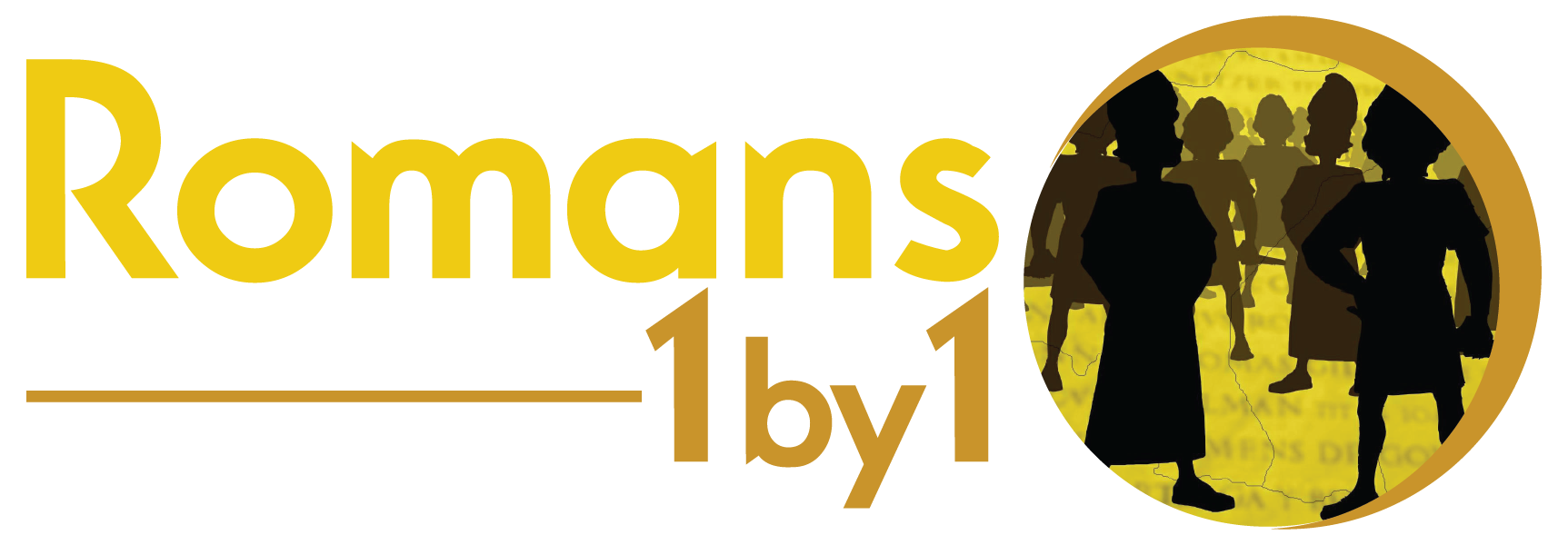Akdeniz Uygarlıkları Araştırması Enstitüsü tarafından hazırlanan Cedrus, Türkiye tarihsel coğrafyası perspektifinde Akdeniz Havzası’nın kültür-tarih birikimini inceleyen Eskiçağ, Ortaçağ ve Yeni-Yakınçağ tarihi uzmanları için tartışma zemini bulacakları disiplinlerarası bir süreli yayın olmayı hedeflemektedir. CEDRUS, farklı disiplinlerden gelen bilim insanları arasında diyaloğun geliştirilmesi, var olan bilginin güncellenmesi ve yaygınlaştırılması süreçlerine katkı sağlayacak özgün ve bilimsel çalışmaları akademi dünyasının ilgisine sunmayı amaçlar. CEDRUS uluslararası hakemli bir dergi olup yılda bir kez yayımlanır.
Hakkı Levent KESKİN
Cedrus VII (2019) 1-39. DOI: 10.13113/CEDRUS.201901
Geliş Tarihi: 04.04.2019 | Kabul Tarihi: 29.05.2019
Öz & Abstract
N. Damla YILMAZ USTA & Hilal YAKUT İPEKOĞLU
Cedrus VII (2019) 41-58. DOI: 10.13113/CEDRUS.201902
Geliş Tarihi: 04. 05.2019 | Kabul Tarihi: 01.06.2019
Öz & Abstract
Gökhan KAĞNICI
Cedrus VII (2019) 59-76. DOI: 10.13113/CEDRUS.201903
Geliş Tarihi: 18.04.2019 | Kabul Tarihi: 24.05.2019
Öz & Abstract
Ahmet BİLİR
Cedrus VII (2019) 77-105. DOI: 10.13113/CEDRUS.201904
Geliş Tarihi: 11.02.2019 | Kabul Tarihi: 02.05.2019
Öz & Abstract
Görkem KÖKDEMİR
Cedrus VII (2019) 107-121. DOI: 10.13113/CEDRUS.201998
Geliş Tarihi: 02.01.2019 | Kabul Tarihi: 13.03.2019
Öz & Abstract
Mustafa BULBA
Cedrus VII (2019) 123-167. DOI: 10.13113/CEDRUS.201906
Geliş Tarihi: 25.12.2018 | Kabul Tarihi: 01.02.2019
Öz & Abstract
Nisan LORDOĞLU
Cedrus VII (2019) 169-194. DOI: 10.13113/CEDRUS.201907
Geliş Tarihi: 03.01.2019 | Kabul Tarihi: 14.03.2019
Öz & Abstract
Ayşen SİNA
Cedrus VII (2019) 195-214. DOI: 10.13113/CEDRUS.201908
Geliş Tarihi: 17.05.2019 | Kabul Tarihi: 10.06.2019
Öz & Abstract
Aytekin BÜYÜKÖZER
Cedrus VII (2019) 215-237. DOI: 10.13113/CEDRUS.201909
Geliş Tarihi: 01.01.2019 | Kabul Tarihi: 07.03.2019
Öz & Abstract
Ferhan BÜYÜKYÖRÜK & Ahmet ÇELİK
Cedrus VII (2019) 239-265. DOI: 10.13113/CEDRUS.201910
Geliş Tarihi: 16.01.2019 | Kabul Tarihi: 04.04.2019
Abstract & Öz
Banu ÖZDİLEK
Cedrus VII (2019) 267-298. DOI: 10.13113/CEDRUS.201911
Geliş Tarihi: 03.04.2019 | Kabul Tarihi: 15.05.2019
Öz & Abstract
Elçin DOĞAN GÜRBÜZER
Cedrus VII (2019) 299-331. DOI: 10.13113/CEDRUS.201912
Geliş Tarihi: 18.03.2019 | Kabul Tarihi: 02.05.2019
Öz & Abstract
Nizam ABAY & Cüneyt ÖZ
Cedrus VII (2019) 333-344. DOI: 10.13113/CEDRUS.201913
Geliş Tarihi: 11.02.2019 | Kabul Tarihi: 06.04.2019
Öz & Abstract
Banu YENER MARKSTEINER
Cedrus VII (2019) 345-364. DOI: 10.13113/CEDRUS.201914
Geliş Tarihi: 05.04.2019 | Kabul Tarihi: 15.05.2019
Öz & Abstract
Hatice KÖRSULU & H. Ertuğ ERGÜRER
Cedrus VII (2019) 365-387. DOI: 10.13113/CEDRUS.201915
Geliş Tarihi: 19.01.2019 | Kabul Tarihi: 01.04.2019
Öz & Abstract
Sevgi SARIKAYA
Cedrus VII (2019) 389-414. DOI: 10.13113/CEDRUS.201916
Geliş Tarihi: 07.03.2019 | Kabul Tarihi: 02.05.2019
Öz & Abstract
Mesut KINACI & Kansu EKİCİ
Cedrus VII (2019) 415-439. DOI: 10.13113/CEDRUS.201917
Geliş Tarihi: 12.02.2019 | Kabul Tarihi: 06.04.2019
Öz & Abstract
L. Ufuk ERDOĞAN
Cedrus (2019) 441-448. DOI: 10.13113/CEDRUS.201918
Geliş Tarihi: 03.03.2019 | Kabul Tarihi: 25.04.2019
Öz & Abstract
Handegül CANLI
Cedrus VII (2019) 449-461. DOI: 10.13113/CEDRUS.201919
Geliş Tarihi: 16.01.2019 | Kabul Tarihi: 25.05.2019
Öz & Abstract
Ayşe YAKUT
Cedrus VII (2019) 463-485. DOI: 10.13113/CEDRUS.201920
Geliş Tarihi: 10.02.2019 | Kabul Tarihi: 20.04.2019
Abstract & Öz
Ünal DEMİRER & İsmail BAYTAK
Cedrus VII (2019) 487-496. DOI: 10.13113/CEDRUS.201921
Geliş Tarihi: 29.04.2019 | Kabul Tarihi: 05.06.2019
Abstract & Öz
Murat TAŞKIRAN & Selçuk ÇAPRAK
Cedrus VII (2019) 497-510. DOI: 10.13113/CEDRUS.201922
Geliş Tarihi: 02.02.2019 | Kabul Tarihi: 08.04.2019
Öz & Abstract
Güray ÜNVER
Cedrus VII (2019) 511-543. DOI: 10.13113/CEDRUS.201923
Geliş Tarihi: 05.05.2019 | Kabul Tarihi: 02.06.2019
Öz & Abstract
Hüseyin UZUNOĞLU
Cedrus VII (2019) 545-555. DOI: 10.13113/CEDRUS.201924
Geliş Tarihi: 13.02.2019 | Kabul Tarihi: 25.03.2019
Öz & Abstract
Şenkal KİLECİ
Cedrus VII (2019) 557-573. DOI: 10.13113/CEDRUS.201925
Geliş Tarihi: 05.03.2019 | Kabul Tarihi: 19.04.2019
Öz & Abstract
Fevziye EKER
Cedrus VII (2019) 575-587. DOI: 10.13113/CEDRUS.201926
Geliş Tarihi: 20.04.2019 | Kabul Tarihi: 19.05.2019
Öz & Abstract
Alper GÖLBAŞ
Cedrus VII (2019) 589-605. DOI: 10.13113/CEDRUS.201927
Geliş Tarihi: 12.02.2019 | Kabul Tarihi: 16.03.2019
Öz & Abstract
Banu ÖZÜŞEN & Ertan BECEREN
Cedrus VII (2019) 607-625. DOI: 10.13113/CEDRUS.201928
Geliş Tarihi: 10.04.2019 | Kabul Tarihi: 17.05.2019
Öz & Abstract
Zafer DUYGU
Cedrus VII (2019) 627-662. DOI: 10.13113/CEDRUS.201929
Geliş Tarihi: 27.12.2018 | Kabul Tarihi: 01.02.2019
Öz & Abstract
Orçun ERDOĞAN & Burcu CEYLAN
Cedrus VII (2019) 663-679. DOI: 10.13113/CEDRUS.201930
Geliş Tarihi: 13.03.2019 | Kabul Tarihi: 04.05.2019
Öz & Abstract
Haluk KORTEL
Cedrus VII (2019) 681-694. DOI: 10.13113/CEDRUS.201931
Geliş Tarihi: 06.04.2019 | Kabul Tarihi: 20.05.2019
Öz & Abstract
Serkan KILIÇ
Cedrus VII (2019) 695-703. DOI: 10.13113/CEDRUS.201999
Geliş Tarihi: 01.03.2019 | Kabul Tarihi: 04.04.2019
Öz & Abstract
Sibel YARAR
Cedrus VII (2019) 705-721. DOI: 10.13113/CEDRUS.201933
Geliş Tarihi: 19.04.2019 | Kabul Tarihi: 01.06.2019
Öz & Abstract
Cengiz MUTLU
Cedrus VII (2019) 723-740. DOI: 10.13113/CEDRUS.201934
Geliş Tarihi: 02.05.2019 | Kabul Tarihi: 07.06.2019
Öz & Abstract
Alpaslan ÖZTÜRKÇİ
Cedrus VII (2019) 741-755. DOI: 10.13113/CEDRUS.201997
Geliş Tarihi: 05.03.2019 | Kabul Tarihi: 02.05.2019
Öz & Abstract






































